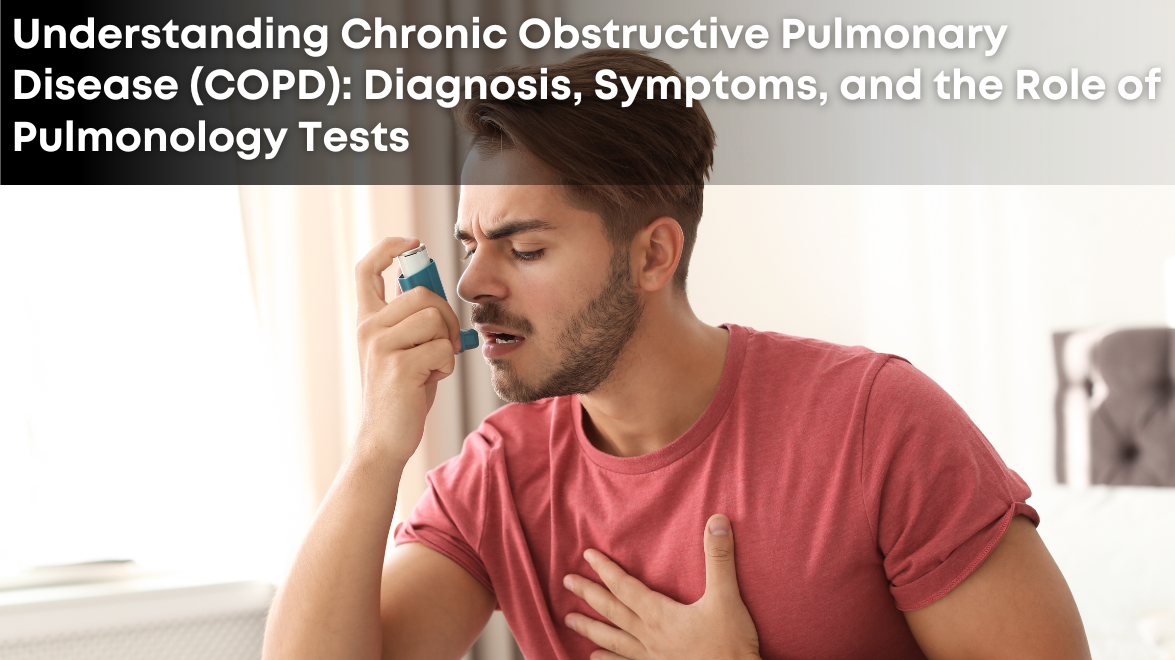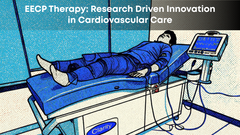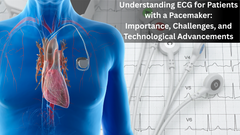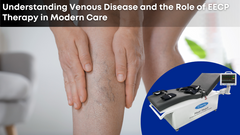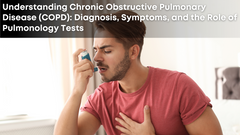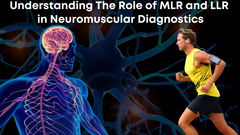Understanding Chronic Obstructive Pulmonary Disease (COPD): Diagnosis, Symptoms, and the Role of Pulmonology Tests
Chronic Obstructive Pulmonary Disease, commonly known as COPD, is a serious, progressive respiratory condition that affects millions of people worldwide. Despite being preventable and treatable, it remains one of the leading causes of death globally. COPD significantly impacts the quality of life, making early diagnosis and appropriate management essential.
What is COPD?
COPD is a group of lung diseases that cause airflow blockage and breathing-related problems. The two most common conditions classified under COPD are:
- Chronic bronchitis – characterized by long-term inflammation of the bronchial tubes, accompanied by a productive cough.
- Emphysema – a condition where the air sacs (alveoli) in the lungs are damaged, leading to breathlessness.
Most cases of COPD are caused by long-term exposure to irritants that damage the lungs and airways. The primary risk factor is cigarette smoking, but exposure to air pollution, chemical fumes, occupational dust, and indoor air pollutants (especially from biomass fuels used in cooking) can also contribute.
Symptoms of COPD
Symptoms of COPD often develop slowly and may not be recognized until significant lung damage has occurred. Common signs include:
> Persistent cough (often referred to as “smoker’s cough”)
> Shortness of breath, especially during physical activities
> Frequent respiratory infections
> Wheezing
> Chest tightness
> Excess mucus production
> Fatigue
> In advanced cases, cyanosis (a bluish tint to the lips or fingernail beds) may appear due to low oxygen levels.
Because the symptoms can be subtle and often overlap with other respiratory diseases, accurate and early diagnosis is essential.
How is COPD Diagnosed?
Diagnosis of COPD requires a combination of clinical evaluation, patient history, and objective lung function tests, primarily spirometry.
Clinical Evaluation
Doctors begin by evaluating the patient's:
> Smoking history
> Exposure to pollutants or occupational irritants
> Family history of respiratory illnesses
> Symptom timeline and frequency
Spirometry: The Gold Standard for COPD Diagnosis
Spirometry is a simple, non-invasive test that measures how much air a person can exhale and how quickly. It is the most reliable method for diagnosing COPD and assessing the severity of airflow obstruction.
Key spirometry parameters for COPD diagnosis:
> FEV₁ (Forced Expiratory Volume in 1 second): The volume of air exhaled in the first second of a forced breath.
> FVC (Forced Vital Capacity): The total volume of air exhaled during the forced breath.
> FEV₁/FVC ratio: A ratio below 70% post-bronchodilator confirms the presence of persistent airflow limitation, the hallmark of COPD.
Other lung function tests, such as peak expiratory flow (PEF), lung volume measurements, and diffusion capacity tests, can also be used for further evaluation, especially in advanced or complex cases.

Is There a Cure for COPD?
While COPD cannot be cured, its progression can be slowed, and symptoms can be effectively managed with appropriate treatment and lifestyle changes.
Treatment Approaches:
Smoking Cessation: The single most important step. Stopping smoking can significantly slow disease progression.
Medications
> Bronchodilators: Help relax the muscles around the airways.
> Inhaled corticosteroids: Reduce inflammation in the airways.
> Combination inhalers: Contain both bronchodilators and steroids.
> Antibiotics and antivirals: For managing frequent infections.
Pulmonary Rehabilitation
A comprehensive program combining exercise training, nutritional advice, and education to improve breathing efficiency and overall well-being.
Oxygen Therapy
For patients with advanced COPD and low blood oxygen levels.
Surgery
In rare and severe cases, lung volume reduction surgery, bullectomy, or lung transplant may be considered.
The Role of Spirometry and Pulmonology Tests in COPD Management
> Early Detection
Spirometry allows for early diagnosis, even before noticeable symptoms appear. This is especially important for high-risk populations such as smokers or those with occupational exposure.
> Monitoring Disease Progression
Regular spirometry testing helps track the decline in lung function over time and allows clinicians to adjust treatment plans accordingly.
> Evaluating Treatment Effectiveness
Spirometry helps determine how well a patient is responding to medications or interventions such as bronchodilator therapy.
> Prevention of Exacerbations
By identifying early signs of lung function decline, clinicians can intervene before symptoms worsen, thus preventing hospitalizations.
> Patient Education
Results from spirometry tests can help patients better understand their condition and adhere more closely to treatment regimens and lifestyle changes.
Conclusion
COPD is a chronic, debilitating lung disease that requires long-term management and care. With rising air pollution and continued tobacco use in many parts of the world, the burden of COPD is expected to increase. However, with timely diagnosis through tools like spirometry, appropriate treatment, and patient awareness, the impact of the disease can be significantly reduced.
Spirometers and pulmonology diagnostics are more than just tools—they are lifelines for patients, enabling early detection, continuous monitoring, and improved outcomes. As awareness grows and access to affordable pulmonary testing devices becomes more widespread, particularly in low- and middle-income countries, the battle against COPD can be fought more effectively. Clarity Medical’s SpiroTech and related diagnostic technologies are helping clinicians across the globe detect and manage respiratory conditions with precision and ease, paving the way for better lung health, one breath at a time.


